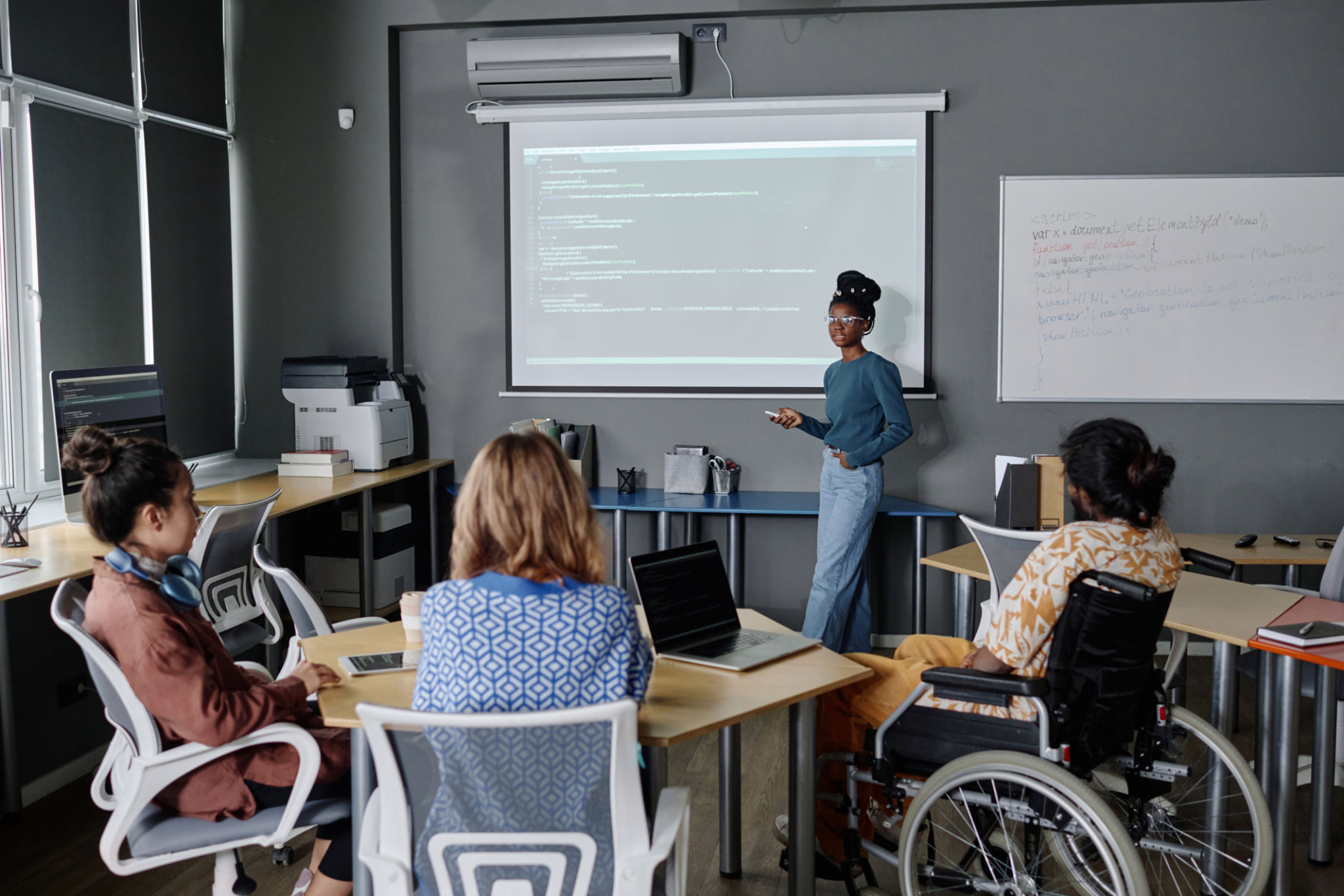Best Practices for Inclusive Instructional Design
Understanding Inclusive Instructional Design
Inclusive instructional design is about creating educational experiences that are accessible and effective for all learners, regardless of their diverse backgrounds and abilities. This approach ensures that everyone has an equal opportunity to learn and succeed. By incorporating best practices in inclusive instructional design, educators can create a more equitable and engaging learning environment.
One of the key principles of inclusive instructional design is universal design for learning (UDL). UDL is a framework that guides the development of flexible learning environments to accommodate individual learning differences. It emphasizes providing multiple means of engagement, representation, and expression to cater to various learning styles and needs.

Engaging Diverse Learners
To engage diverse learners, it's essential to understand their unique needs and preferences. This can be achieved by conducting learner analysis and gathering feedback from students. By doing so, educators can identify potential barriers and tailor their instructional strategies accordingly.
Another effective practice is to incorporate culturally responsive teaching. This involves recognizing and valuing the cultural backgrounds of students and integrating culturally relevant content into the curriculum. By doing so, educators can create a more inclusive and relatable learning experience for all students.
Using Technology to Enhance Accessibility
Technology plays a crucial role in inclusive instructional design. Various digital tools and resources can help make learning more accessible and engaging for students with disabilities. For instance, screen readers, text-to-speech software, and captioning services can assist students with visual or hearing impairments.

Additionally, incorporating interactive and multimedia elements in instructional materials can cater to different learning styles and preferences. Videos, infographics, and interactive simulations can make complex concepts more understandable and engaging for students.
Designing Flexible Assessments
Assessments are a critical component of the learning process, and it's essential to design them in a way that accommodates diverse learners. Offering multiple assessment options, such as written assignments, presentations, and projects, allows students to demonstrate their understanding in ways that suit their strengths.
Moreover, providing clear instructions and rubrics can help students understand the expectations and criteria for success. This transparency can reduce anxiety and ensure that all students have a fair chance to excel.

Creating an Inclusive Classroom Environment
An inclusive classroom environment is one where all students feel valued and respected. This can be achieved by promoting a sense of community and encouraging collaboration among students. Group activities and peer-to-peer interactions can help build relationships and foster a supportive learning atmosphere.
Furthermore, it's important to address any biases or stereotypes that may exist within the classroom. Educators should actively work to create a safe and inclusive space where all students feel comfortable expressing themselves and participating in discussions.
Continuous Improvement and Feedback
Inclusive instructional design is an ongoing process that requires continuous improvement and adaptation. Gathering feedback from students and colleagues can provide valuable insights into the effectiveness of instructional strategies and areas for improvement.
By staying informed about the latest research and best practices in inclusive education, educators can continuously refine their approaches and create more inclusive and effective learning experiences for all students.
